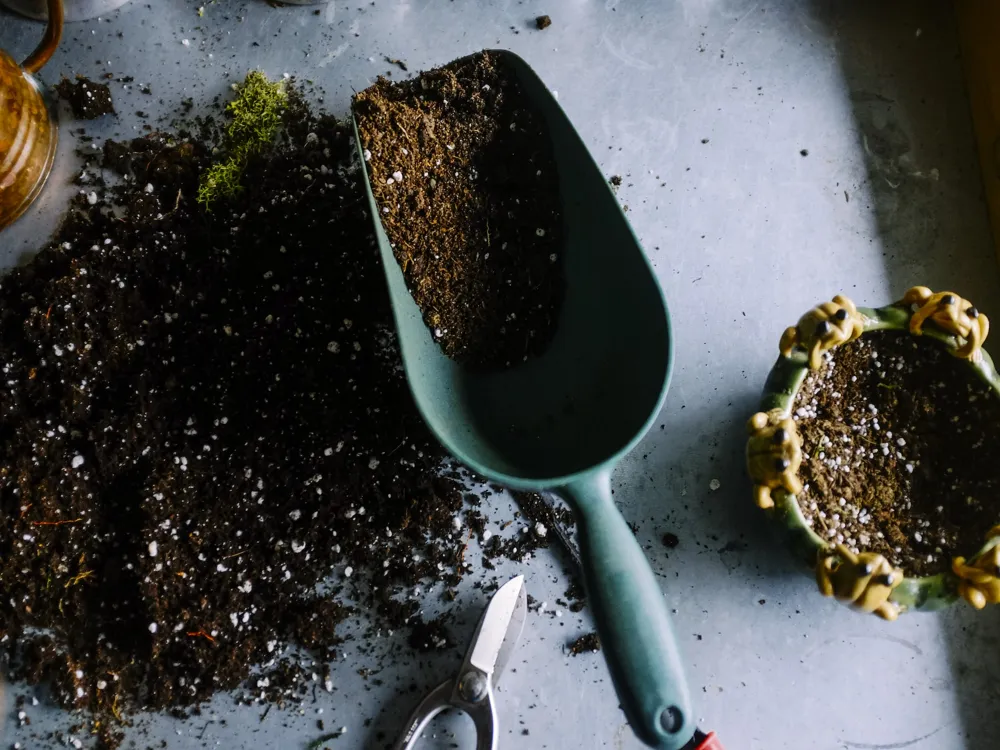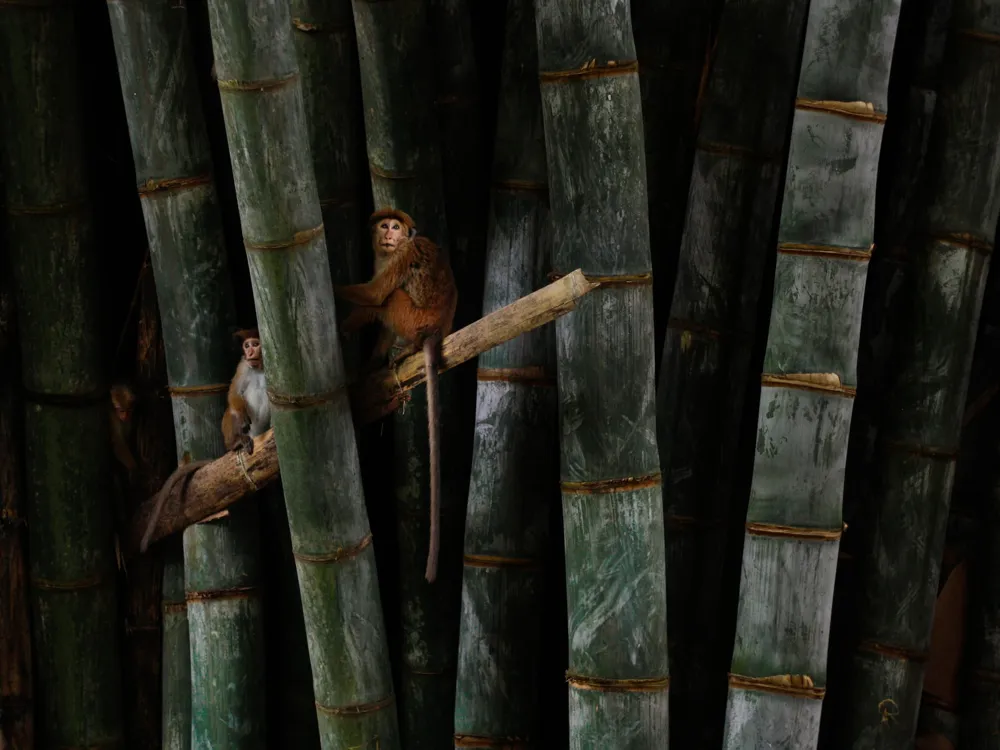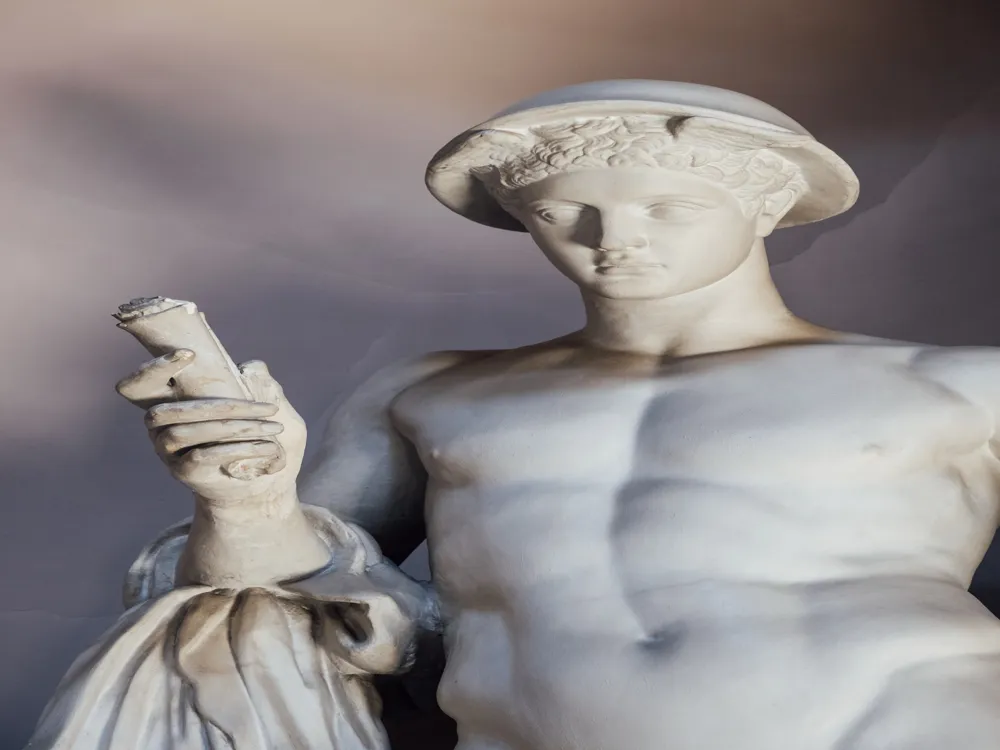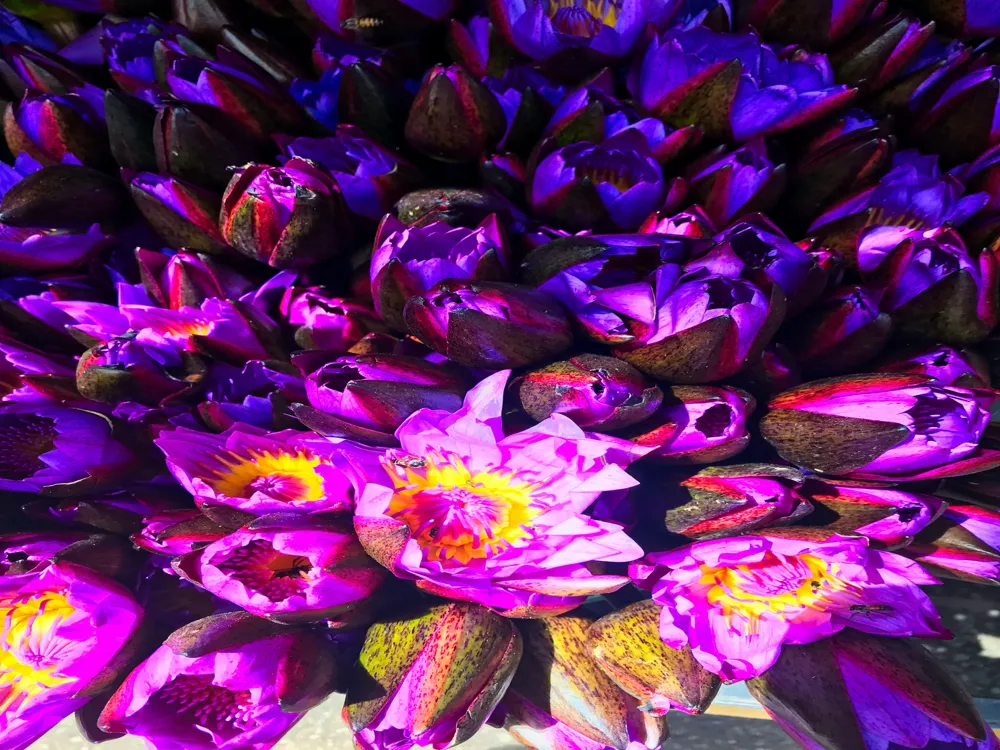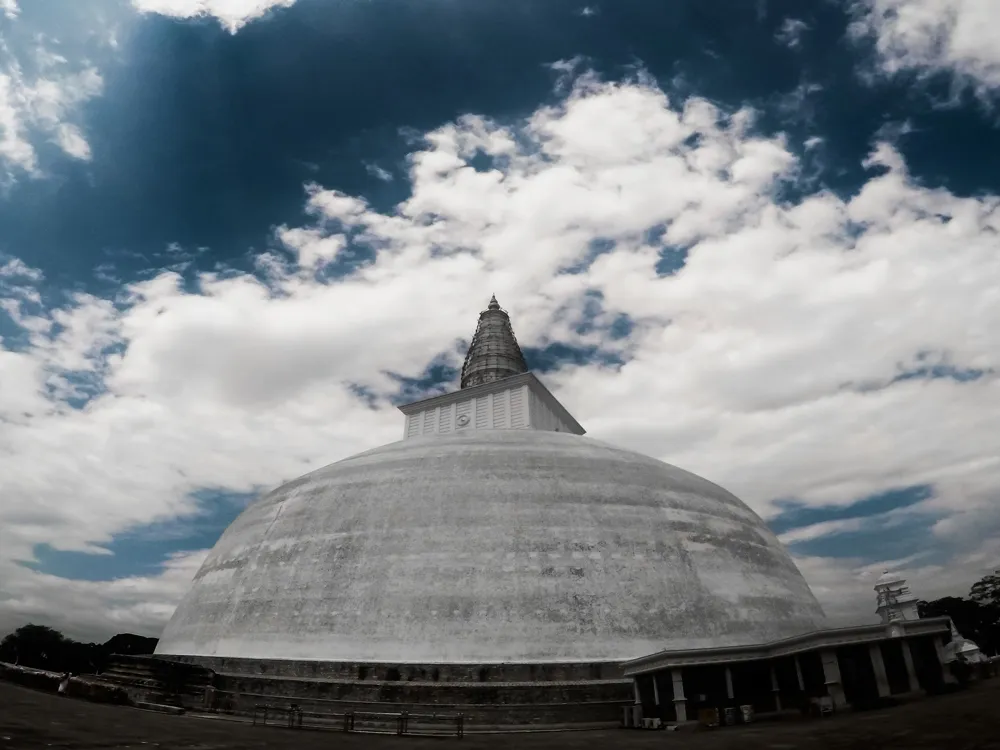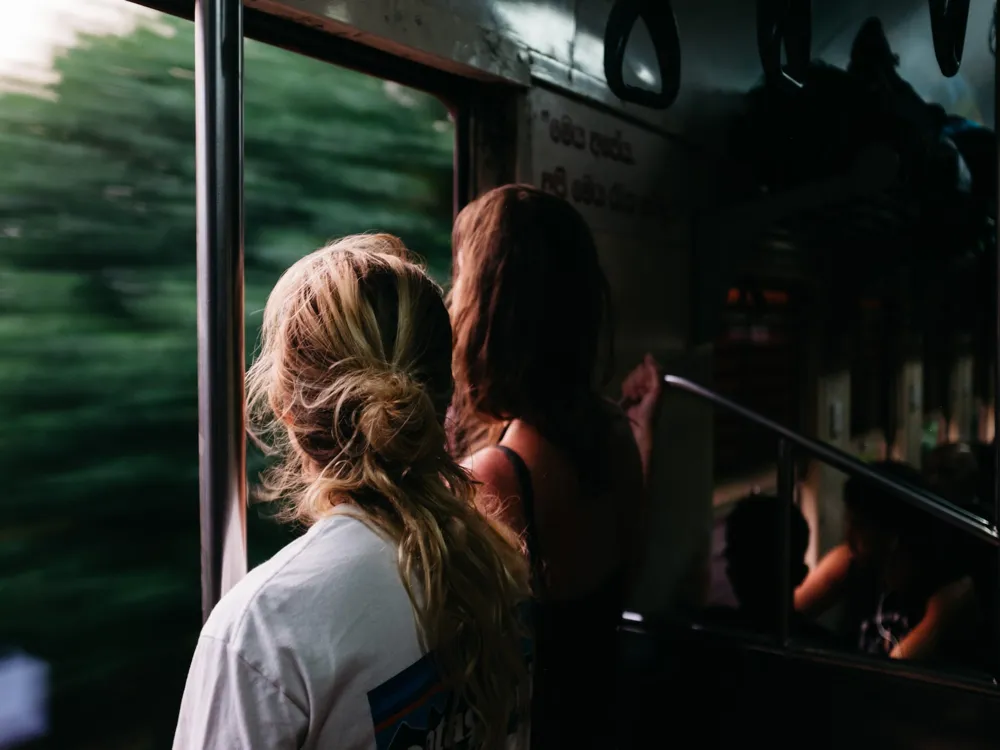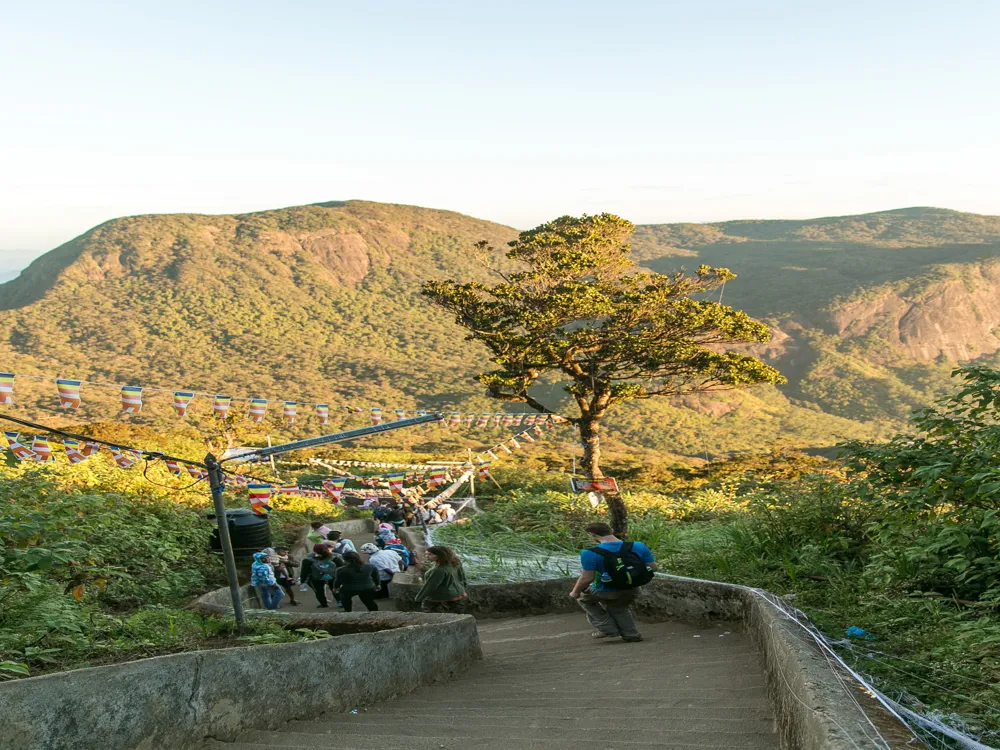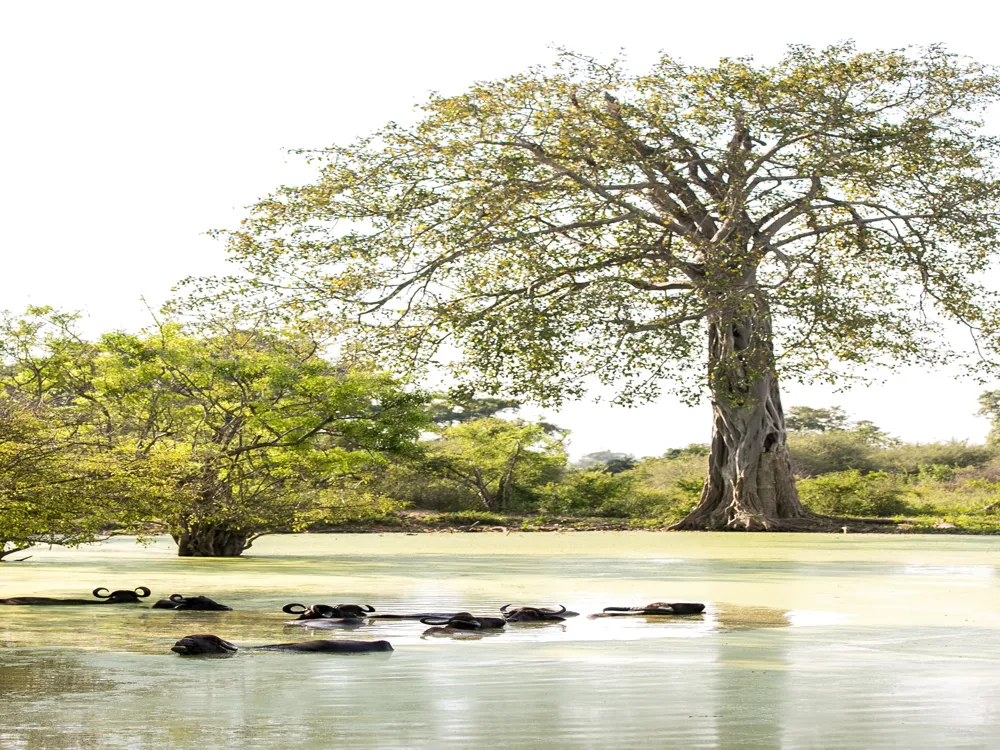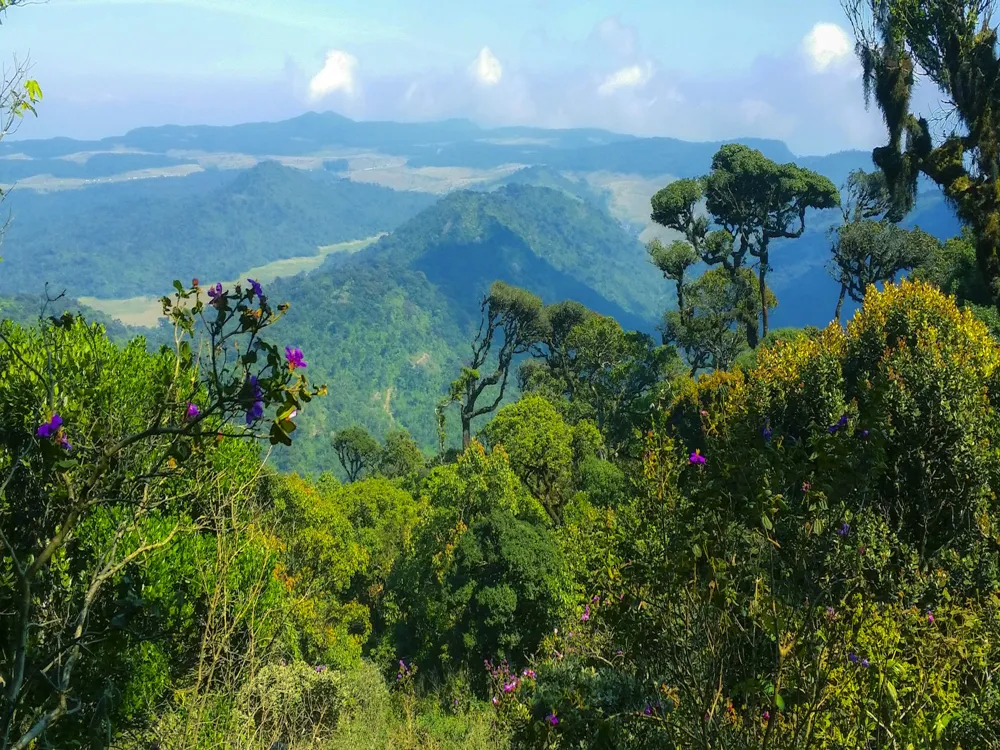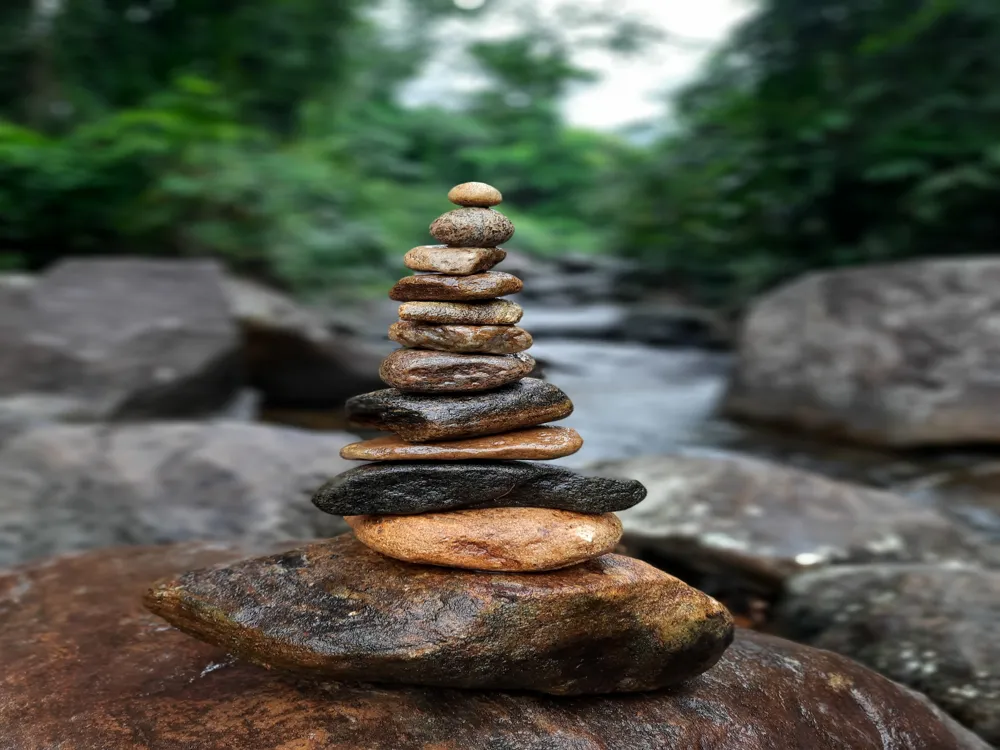Located in the heart of Sri Lanka's picturesque central highlands, the Jodu Ella Waterfall stands as a stunning natural marvel near Kandy. This breathtaking waterfall is not only a visual treat but also an embodiment of the region's rich ecological diversity. Stretching over a considerable height, Jodu Ella splits into two distinct segments, which locals believe resemble a pair of twins – hence the name 'Jodu', meaning 'pair' in Sinhalese. The Jodu Ella Waterfall is a hidden gem that cascades down in a serene yet powerful manner, creating a harmonious blend of sound and sight. Surrounded by lush greenery and endemic wildlife, it offers a pristine natural setting that attracts nature lovers, photographers, and adventurers alike. The waterfall is fed by the streams flowing down the misty hills of Kandy, contributing to its perennial flow, which is most robust during the monsoon season. Exploring the vicinity of Jodu Ella reveals a diverse range of flora and fauna, some of which are unique to this region. The dense forests around the waterfall serve as a vital habitat for various species of birds, insects, and small mammals. The natural pool formed at the base of the waterfall provides a refreshing spot for visitors to relax and enjoy the cool, clear waters. The journey to Jodu Ella is as mesmerizing as the destination itself. The path winds through quaint villages, tea plantations, and dense forests, offering glimpses of the rural Sri Lankan lifestyle. The tranquil ambiance of the area, combined with the captivating beauty of the waterfall, makes it an ideal spot for those seeking solace away from the hustle and bustle of city life. The Jodu Ella Waterfall, with its unique twin cascades, is a masterpiece of natural architecture. The waterfall's structure is formed by a series of geological formations that have evolved over thousands of years. The rocks over which the water flows are primarily ancient, hardened by time, and sculpted by the relentless force of water. These rock formations create a series of steps and ledges, giving the waterfall its characteristic terraced appearance. The twin cascades of Jodu Ella, although originating from the same source, follow slightly different paths as they descend. This divergence is caused by the natural topography of the land, which includes varying gradients and rock formations. The left cascade is typically broader and more even, creating a veil-like appearance as the water spreads over a wide rock face. In contrast, the right cascade is narrower and more forceful, often creating a more dramatic water flow. Surrounding the waterfall is a lush green canopy that provides a vivid backdrop to the falling water. The interaction between the water and the surrounding vegetation is an integral part of the waterfall's architecture. The mist generated by the waterfall supports a microclimate around it, fostering the growth of moisture-loving plants and mosses. The constant spray from the falls nurtures the surrounding greenery, making it a vibrant ecosystem. The geological composition of the area around Jodu Ella is also noteworthy. The rocks are predominantly sedimentary, with layers visible in various sections of the waterfall. These layers tell a story of the region's geological history, providing insights into the natural processes that shaped the landscape. The pool at the base of the waterfall is another architectural element, naturally carved out by the force of the falling water over millennia. Although Jodu Ella is accessible throughout the year, the best time to visit is during the monsoon season, when the waterfall is at its most majestic. However, visitors should be cautious of slippery paths and strong currents during this time. Visitors should always adhere to safety guidelines when near the waterfall. Swimming in the pool is allowed but should be done with caution, especially during high water flow periods. Maintaining the cleanliness and sanctity of the waterfall is paramount. Littering is strictly prohibited, and visitors are encouraged to carry back any trash. Disturbing the wildlife or the natural setting in any way is also discouraged. For photography enthusiasts, early morning light provides the best conditions for capturing the waterfall's beauty. Using a tripod can help stabilize shots in the varying light conditions of the forest. Engaging a local guide can enhance the experience, as they provide valuable insights into the waterfall's history and the surrounding ecology. To reach Jodu Ella Waterfall, visitors can start from Kandy, the major city closest to the waterfall. Public transportation, including buses and tuk-tuks, is available from Kandy to the nearest village. From there, a short trek through the forest leads to the waterfall. For those preferring a more comfortable journey, hiring a private vehicle or joining a guided tour from Kandy is recommended. The trek to Jodu Ella is an integral part of the experience, offering scenic views and opportunities to observe local wildlife. The path is well-marked but can be challenging in parts, so appropriate footwear and physical preparedness are important. The journey through the lush greenery and the anticipation of reaching the waterfall make the trek an adventure in itself. Read More:Overview of Jodu Ella Waterfall in Kandy
Architecture of Jodu Ella Waterfall
Tips When Visiting Jodu Ella Waterfall
Best Time to Visit
Safety Precautions
Respecting the Environment
Photography Tips
Local Guides and Tours
How To Reach Jodu Ella Waterfall
Jodu Ella Waterfall
Kandy
₹ 13,368 onwards
View kandy Packages
Weather :
Tags : Waterfall
Entry Fee: : NA
Timings: : NA
Activities: : Hiking, Trekking, Swimming
Planning a Trip? Ask Your Question
Kandy Travel Packages
View All Packages For Kandy
Top Hotel Collections for Kandy

Private Pool

Luxury Hotels

5-Star Hotels

Pet Friendly
Top Hotels Near Kandy
Other Top Ranking Places In Kandy
View All Places To Visit In kandy
View kandy Packages
Weather :
Tags : Waterfall
Entry Fee: : NA
Timings: : NA
Activities: : Hiking, Trekking, Swimming
Planning a Trip? Ask Your Question
Kandy Travel Packages
View All Packages For Kandy
Top Hotel Collections for Kandy

Private Pool

Luxury Hotels

5-Star Hotels

Pet Friendly







